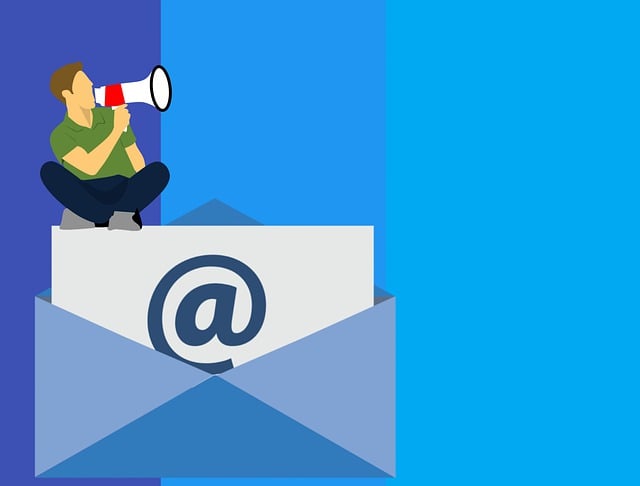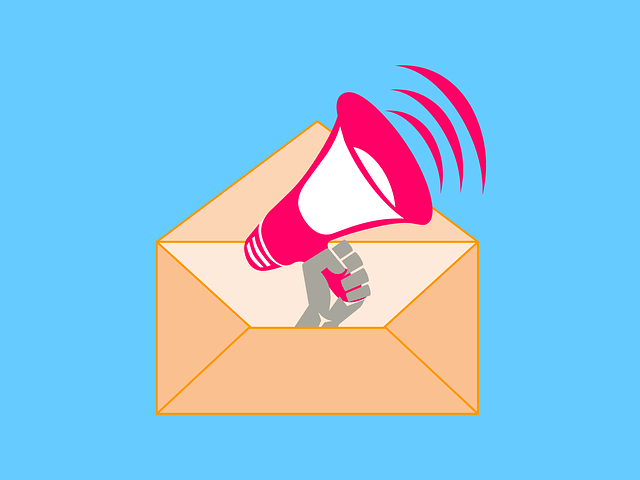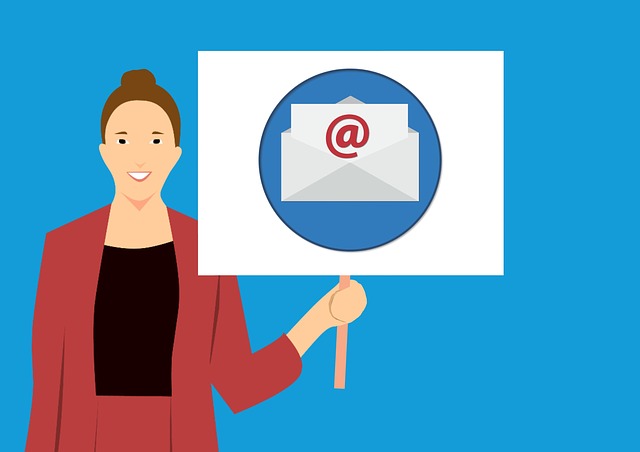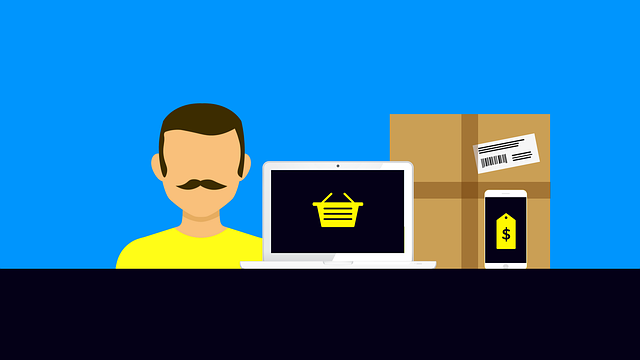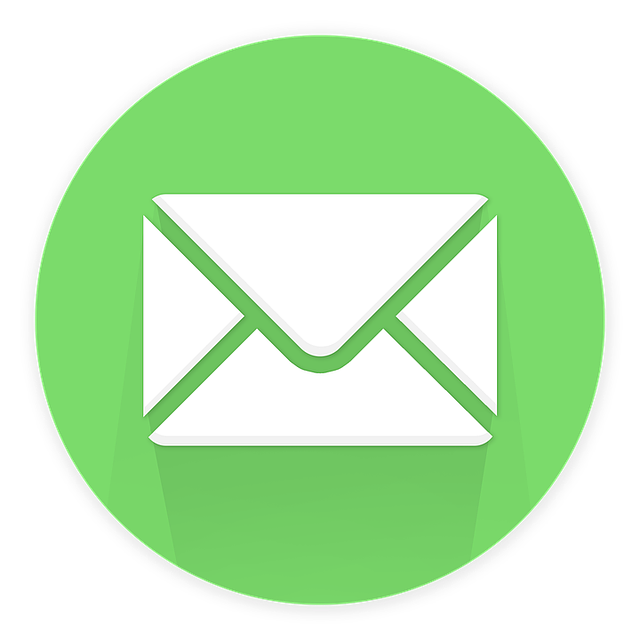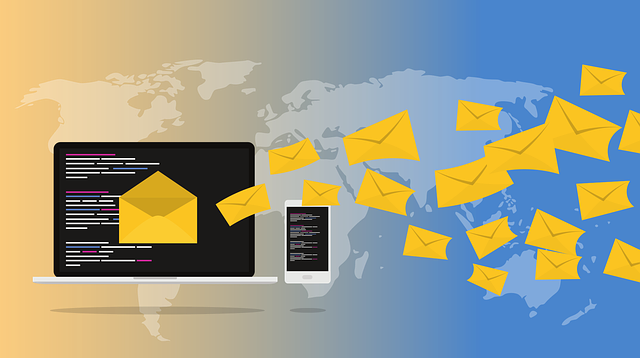In the fast-paced world of B2B email marketing, change is the only constant. As the saying goes, ‘The only way to stay ahead of the game is to anticipate the next move.’
With that in mind, let’s dive into the future of B2B email marketing and explore the predictions and trends that will shape the industry.
-
Personalization and segmentation will continue to be key drivers of success, allowing you to tailor your messages to individual recipients and deliver hyper-relevant content.
-
Automation and AI integration will revolutionize the way you engage with your audience, streamlining processes and maximizing efficiency.
-
Interactive email experiences will take center stage, captivating recipients with engaging and immersive content.
-
Mobile optimization will become non-negotiable, as more and more professionals rely on their smartphones for business communication.
-
Data-driven insights and analytics will empower you to make informed decisions and optimize your email campaigns for maximum impact.
-
Lastly, integration with other marketing channels will create a seamless and cohesive customer journey, ensuring consistent messaging across all touchpoints.
Buckle up, because the future of B2B email marketing is here, and it’s filled with endless possibilities.
Key Takeaways
- Personalization and segmentation will continue to be crucial for success in B2B email marketing.
- Automation and AI integration will revolutionize audience engagement and maximize efficiency.
- Interactive email experiences will captivate recipients with engaging and immersive content.
- Mobile optimization will be essential as professionals rely on smartphones for business communication.
Personalization and Segmentation
You’re probably wondering how you can make your B2B email marketing more effective and personalized for your target audience. Well, the key lies in utilizing dynamic content and targeted messaging.
By tailoring your emails to each recipient’s preferences and needs, you can significantly increase engagement and conversion rates. Dynamic content allows you to create personalized experiences by displaying different content based on the recipient’s demographics, behavior, or past interactions. This level of personalization shows your audience that you understand their specific challenges and can provide relevant solutions.
Similarly, targeted messaging enables you to craft emails that resonate with specific segments of your audience, addressing their unique pain points and offering tailored solutions. By leveraging these strategies, you can create more impactful and personalized B2B email campaigns.
Moving forward, let’s explore the next section about automation and AI integration to further enhance your email marketing efforts.
Automation and AI Integration
With the integration of automation and AI, you can streamline your email marketing campaigns, increasing efficiency and personalization.
According to a recent study, companies that leverage AI in their email marketing experience a 451% increase in customer engagement.
AI powered workflows and automated lead nurturing allow you to deliver targeted and relevant content to your audience at the right time.
By automating repetitive tasks such as sending welcome emails or following up with leads, you can save time and focus on more strategic initiatives.
AI can also analyze customer data to identify patterns and behaviors, enabling you to create more personalized and effective campaigns.
Now, let’s explore how you can create interactive email experiences that further engage your audience.
Interactive Email Experiences
Get ready to captivate your audience with interactive email experiences that will keep them engaged and coming back for more. One way to achieve this is through gamification in emails, which adds an element of fun and excitement to the user experience. By incorporating interactive games, quizzes, or challenges, you can create a sense of competition and reward, encouraging recipients to actively engage with your emails. Additionally, social media integration allows for seamless sharing and encourages recipients to interact with your brand on multiple platforms. By including social sharing buttons or embedded social media feeds, you can extend the reach of your email campaigns and increase brand visibility. These interactive email experiences not only provide a unique and engaging experience for your audience, but also offer valuable data and insights to inform your future marketing strategies. As you focus on captivating your audience with interactive emails, it’s important to also consider mobile optimization for a seamless user experience across all devices.
Mobile Optimization
In this discussion, we’ll explore the importance of mobile optimization in b2b email marketing. You’ll discover the significance of responsive email design, ensuring optimal viewing on mobile devices.
Additionally, we’ll delve into the significance of mobile-friendly CTAs and how simplifying the user experience can enhance engagement and drive conversions.
Responsive email design for optimal viewing on mobile devices
Mobile devices have become the modern day genie lamps, where a responsive email design grants users their every wish. To optimize viewing on mobile devices, implementing a mobile-first design is crucial. This approach ensures that your emails are designed with mobile devices in mind from the start, resulting in a seamless user experience.
Additionally, responsive email design enhances email deliverability, as emails that are not optimized for mobile may get marked as spam or deleted without being read. By prioritizing mobile optimization, you can increase engagement and drive conversions.
In the next section, we’ll explore the importance of mobile-friendly CTAs and a simplified user experience to further enhance your B2B email marketing strategy.
Mobile-friendly CTAs and simplified user experience
Having user-friendly CTAs and a simplified experience is key to boosting engagement and driving conversions in your B2B email strategy.
With the increasing popularity of mobile payments and the rising number of users engaging with emails on their mobile devices, it’s crucial to optimize your CTAs for mobile viewing. Mobile-friendly CTAs should be easily clickable and clearly visible on smaller screens, enabling users to take action with just a tap.
A simplified user experience is equally important, as it reduces the friction that users may encounter when interacting with your emails. By streamlining the navigation and content, you can ensure a seamless experience for your audience, increasing the likelihood of conversions.
Moving forward, data-driven insights and analytics will provide valuable information on user behavior and preferences, allowing you to further refine your B2B email marketing strategy.
Data-driven Insights and Analytics
Get ready to be blown away by the mind-boggling data-driven insights and analytics that’ll revolutionize your B2B email marketing strategy! With the advancement of technology, data privacy has become a top concern for businesses. However, this doesn’t mean you can’t leverage data to gain valuable insights.
By using data analytics tools, you can analyze user behavior, preferences, and engagement metrics to refine your email marketing campaigns. These insights will enable you to personalize your emails, optimize your content, and improve email deliverability. By understanding how your audience interacts with your emails, you can tailor your messages to resonate with them, increasing open rates and click-through rates.
Additionally, integrating your email marketing efforts with other marketing channels, such as social media and content marketing, will allow for a seamless customer journey. So get ready to take your B2B email marketing to the next level by harnessing the power of data-driven insights and integrating it with other marketing channels!
Integration with Other Marketing Channels
Ready to take your B2B email marketing to new heights? By seamlessly integrating your email efforts with social media and content marketing, you’ll create a cohesive customer journey that drives engagement and boosts conversions. Cross channel collaboration is essential in today’s marketing landscape, as it allows you to reach your target audience through multiple touchpoints. An omnichannel marketing approach ensures that your message is consistent across all channels, providing a seamless experience for your customers.
To illustrate the power of integration, here’s a table showcasing the potential benefits:
| Channel | Benefits |
|---|---|
| Personalized messaging, direct communication | |
| Social Media | Increased reach, engagement |
| Content Marketing | Thought leadership, brand awareness |
By integrating these channels, you can leverage the strengths of each to deliver a cohesive and impactful marketing strategy. So, don’t miss out on the opportunity to enhance your B2B email marketing by integrating it with other marketing channels.
Frequently Asked Questions
How can personalization and segmentation in B2B email marketing help improve customer engagement and conversion rates?
Want to improve customer engagement and conversion rates in B2B email marketing? Personalization and segmentation are the keys.
By tailoring your emails to individual needs, you can grab their attention and make them feel valued. Personalization benefits are immense – higher open rates, click-through rates, and ultimately, conversions.
Segmenting your audience based on specific criteria allows you to send targeted messages, increasing relevance and effectiveness.
So, why not leverage these strategies to boost your B2B email marketing success?
What are some examples of automation and AI integration in B2B email marketing and how can they enhance the overall customer experience?
Automation and AI integration in B2B email marketing have a significant impact on efficiency and scalability. By automating repetitive tasks like list management and scheduling, you can streamline your workflow and save time.
AI-powered email personalization is the future of hyper-targeted B2B campaigns. It allows you to analyze customer data and behavior to create highly personalized and relevant content. This not only enhances the overall customer experience but also improves engagement and conversion rates.
How can interactive email experiences contribute to increased customer engagement and drive better results in B2B email marketing campaigns?
Increase customer engagement and drive better results in B2B email marketing campaigns through interactive email experiences. By leveraging interactive email design, you can captivate your audience and provide a unique and personalized experience.
Incorporate elements like quizzes, polls, and sliders to encourage active participation. This not only increases engagement but also allows you to gather valuable data on customer preferences.
Combine this with personalized email content, tailored to each recipient’s needs and interests, and you’ll see improved click-through rates and conversions.
What are the key considerations for mobile optimization in B2B email marketing to ensure that emails are effectively displayed and accessible on different devices?
To ensure your B2B emails are effectively displayed and accessible on different devices, mobile responsiveness is key. Consider implementing email design best practices. Use a single column layout, clear and concise content, and large, easy-to-click buttons. According to studies, 75% of users delete emails that don’t display well on mobile. By optimizing your emails for mobile, you can increase engagement and drive better results in your B2B email marketing campaigns.
How can data-driven insights and analytics in B2B email marketing help marketers make more informed decisions and optimize their email campaigns for better results?
To optimize your email campaigns and make informed decisions, embrace data-driven insights and analytics.
By analyzing metrics like open rates, click-through rates, and conversion rates, you can identify patterns and trends to understand what resonates with your audience.
Use this data to personalize your content, segment your audience, and determine the best time and frequency for sending emails.
By leveraging data-driven decision making, you can continuously optimize your email campaigns for better results and higher ROI.
Conclusion
In conclusion, the future of B2B email marketing is bright and full of opportunities. By leveraging personalization and segmentation, companies can deliver tailored messages that resonate with their audience.
Automation and AI integration will streamline processes and improve efficiency.
Interactive email experiences will engage recipients and drive higher click-through rates.
Mobile optimization is crucial, as more people are accessing emails on their smartphones.
Data-driven insights and analytics will provide valuable information for optimizing campaigns.
Lastly, integrating email with other marketing channels will create a cohesive and powerful strategy.
According to a recent study, personalized emails generate 6 times higher transaction rates, evoking the importance of customization in email marketing.
To stay ahead, businesses must embrace these trends and harness the power of email marketing to drive growth and success.

